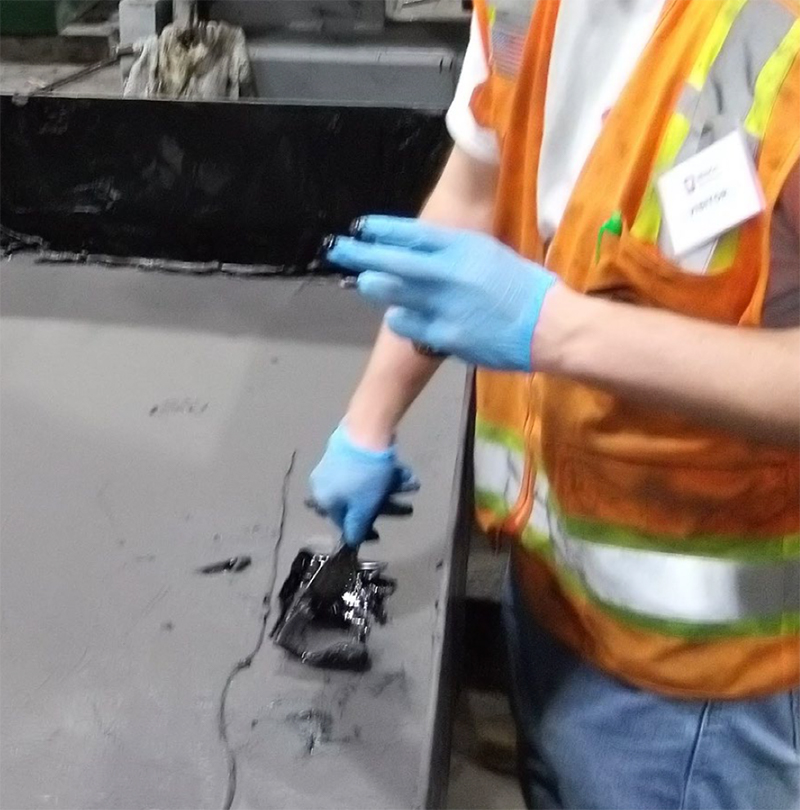Our client, an EPA Large Quantity Generator, asked TIS in January 2020 to evaluate the waste streams at their manufacturing facility in Sedalia, Missouri. A hazardous waste determination must be kept on site, as required by 40 CFR 262.11 (f), for at least three years from the date of the last shipment of hazardous waste. To meet this requirement, TIS produced a hazardous waste determination report with a summary, tables, and laboratory analytical reports.
TIS began by reviewing Safety Data Sheets (SDS)s provided by the client and creating a spreadsheet that identified any potentially hazardous chemicals. Waste is classified as hazardous if it meets at least one of the following criteria:
1. Listed: The waste contains a chemical listed in 40 CFR 261 Subpart D (F-list, K-list, P-list, and U-list) that exceeds the specific threshold concentration
2. Characteristic: The waste meets any of the four characteristics identified in 40 CFR 261 Subpart C – Characteristics of Hazardous Waste, which are: Ignitability, Corrosivity, Reactivity, and Toxicity.
 Of the 31 chemicals evaluated, six were identified as hazardous for ignitability and four were listed hazardous waste for toxicity by barium. The remaining 20 products were classified as non-hazardous. After identifying the hazardous products used at the plant, we identified the waste streams containing these chemicals and developed a sampling plan. We visited the site and collected samples of industrial lubricants; floor sweepings used to clean up spilled oil, lubricants, and solvents; and used rags and personal protective equipment (PPE) such as leather and nitrile gloves. The samples were hand delivered to the laboratory for analyses.
Of the 31 chemicals evaluated, six were identified as hazardous for ignitability and four were listed hazardous waste for toxicity by barium. The remaining 20 products were classified as non-hazardous. After identifying the hazardous products used at the plant, we identified the waste streams containing these chemicals and developed a sampling plan. We visited the site and collected samples of industrial lubricants; floor sweepings used to clean up spilled oil, lubricants, and solvents; and used rags and personal protective equipment (PPE) such as leather and nitrile gloves. The samples were hand delivered to the laboratory for analyses.
The analytical results were surprising. The client was aware that one or more of the lubricants used at the plant contained hazardous waste levels of barium; however, the leather gloves used as PPE unexpectedly contained hazardous levels of chromium. Another sample was later collected, which confirmed the gloves were the chromium source. The client quickly began evaluating alternative PPE to reduce hazardous waste generation.


